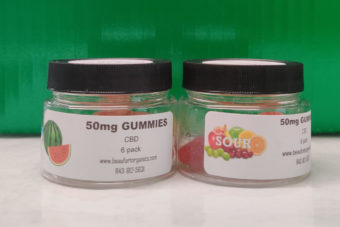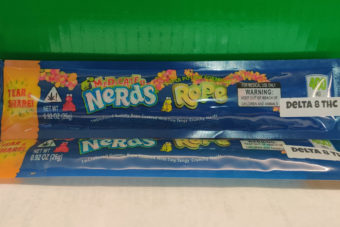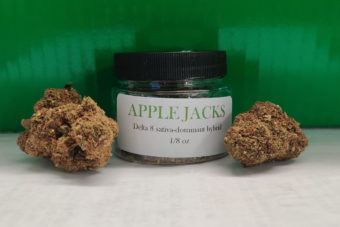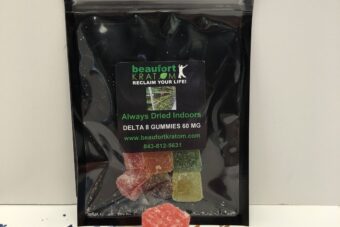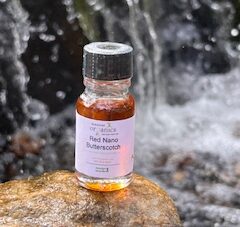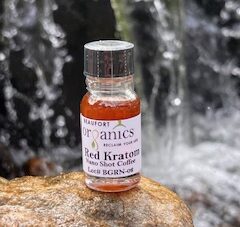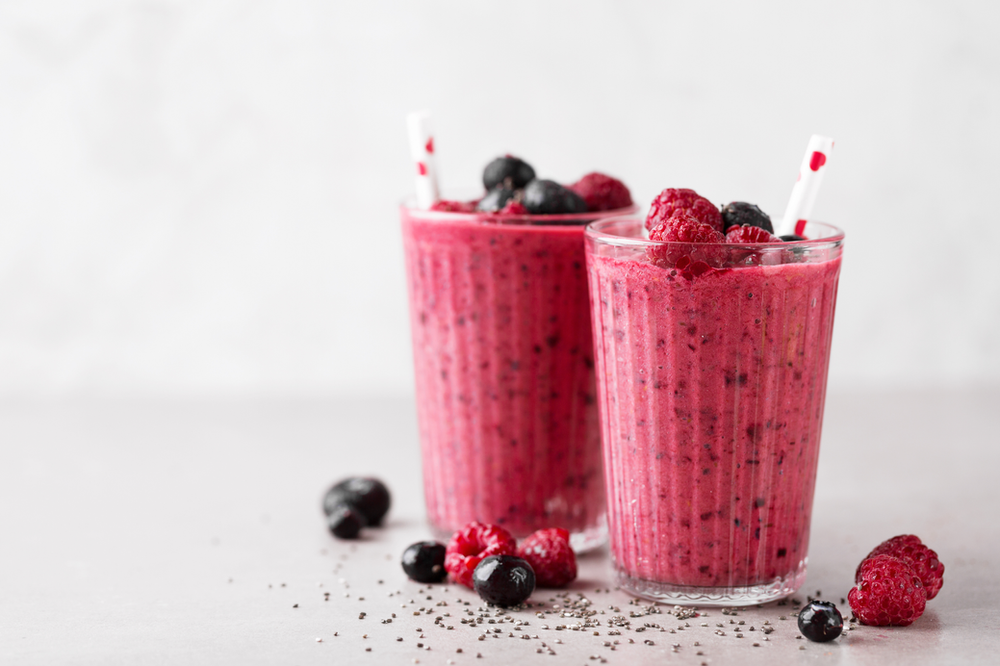
Let’s face it. It’s hot outside and you’ve got a to do list a mile long. Or, you just haven’t been sleeping well and you aren’t up to making anything fancy to eat. In my case, I’ve been having tooth and gum problems I’m working with my dental care provider to resolve. In the meantime, I can’t really eat too many crunchy things, so I’ve opted for soups, eggs and smoothies.
Smoothies are a very refreshing way to start your morning.
But let’s start first with the ingredients you’re going to consume. While taking kratom is a great way to get an energy boost, we also need to look at what we consume during the day that could possibly be contributing to fibromyalgia or other pain that we often aren’t aware of.
CHOOSE ORGANIC WHERE POSSIBLE- HERE’S WHY
I know organic can be slightly more expensive, but here’s the catch. When we eat foods that don’t contain enough nutrients, we often eat more calories which can lead to weight gain.
What is organic, exactly? Put simply, it means food grown without synthetic fertilizers and pesticides. But there’s really a lot more to it, which is why it is typically thought of as being very expensive. This is because of the cost of getting certified, for one thing.
However, there’s a great way to get around that, and that’s by eating local and finding the farmers in your area who use these methods, but don’t necessarily have the certification.
One of the best ways of establishing relationships with local farmers and community members is by joining a CSA (Community Supported Agriculture).
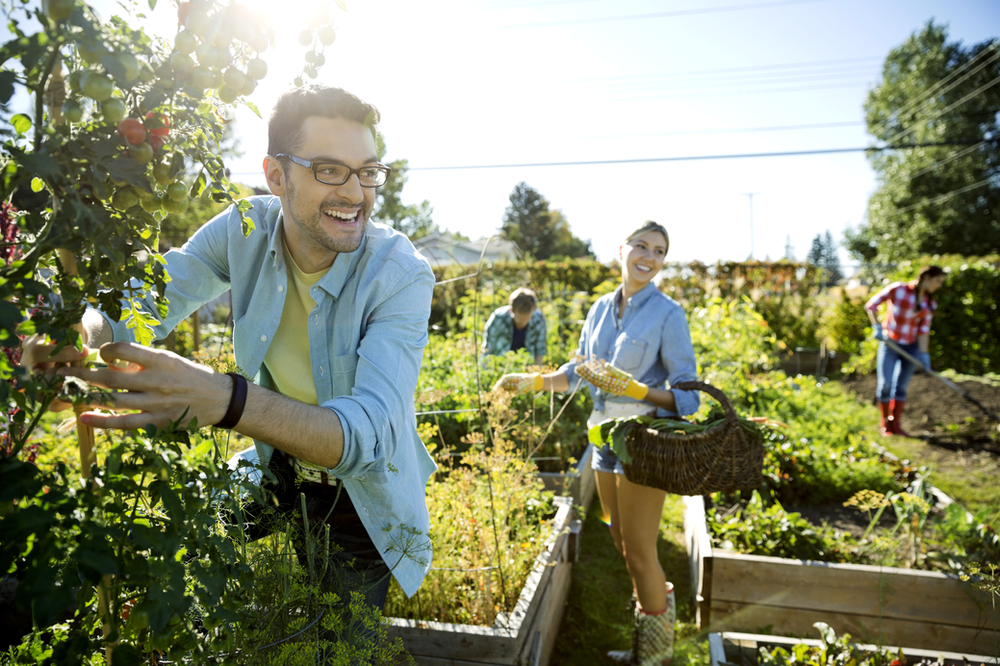
Community Supported Agriculture consists of one or more farmers and many individuals or families from the community who pledge financial support to a farm operation. The farmers and consumers provide mutual support and share the risks and benefits of food production. Typically, members or ‘share-holders’ of the farm pledge in advance to cover the anticipated costs of the farm operation and farmer’s salary. In return, they receive ‘shares’ or a regular portion of the harvest from the farm’s bounty throughout the growing season, as well as satisfaction gained from reconnecting to the land and participating directly in food production,” according to the University of Florida Extension office.
HOW TO FIND YOUR LOCAL CSA
Local Harvest
https://www.localharvest.org/csa/
AgMap
As an alternative to buying organic produce from a CSA, you could also take up organic vegetable gardening as a hobby. Short on space? This article will teach you how to do it at home!
Imagine plucking a freshly grown tomato out of your own backyard and slicing it up for a home-cooked meal. If you’ve only experienced store-bought produce that has traveled a thousand miles to reach its destination, then you’re in for a real treat.
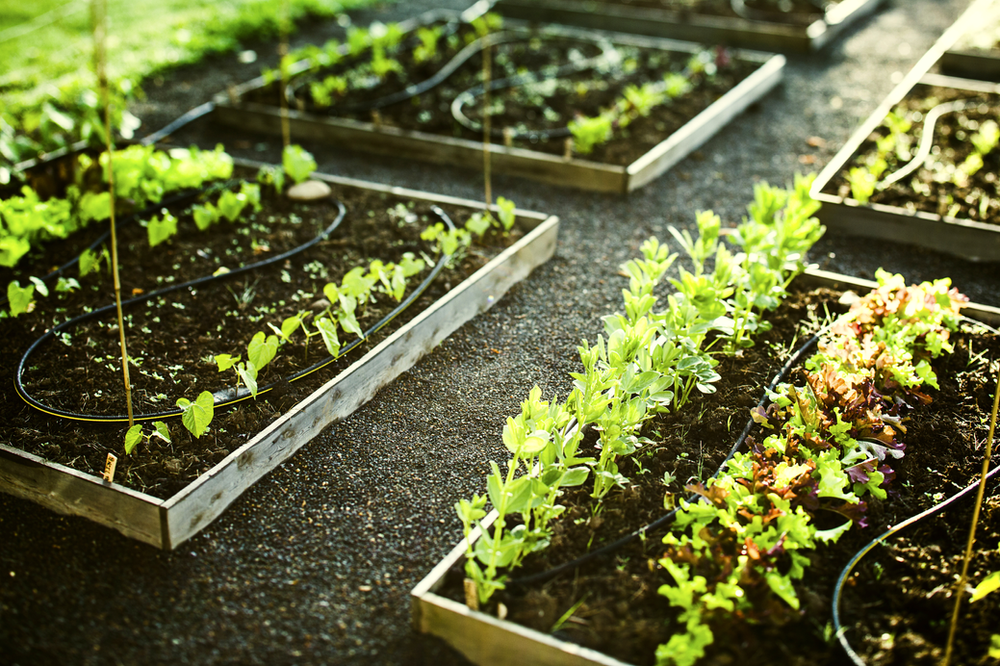
Growing Fruits and Vegetables in Containers
“As with ornamental container gardening, vegetable container gardening is a way to control the soil, sun, and growing conditions of your edible plants. It also allows squeezing edible gardening into the smallest spaces, by putting them on your patio, front steps, and along the house and driveway. Virtually any fruit, vegetable, or herb can be grown in a container if the container is large enough for it.
Herbs and greens can grow in small pots or hanging baskets; fruiting plants such as tomatoes, peppers, and cucumbers work best starting at 5-gallon containers—or go larger, of course. The larger the pot, the more soil you can fit in there, and the less often you’ll have to water (daily or every other day instead of twice a day). The material the pot is made of, and its color also affects how quickly it dries out. Clay pots lose moisture faster, and black pots retain more heat.
You can even find soil specifically balanced for vegetable container gardening with slow-release fertilizer already in it for the most absolute no-fuss garden,” writes Marie Iannotti
Buying local, in-season produce is not just good for your health. It’s also good for the environment.
Christian Wagley is a local environmentalist where I live, having co-authored a book titled Green by Design. Christian has sought to balance the built and natural environments through work in state and county government and small business, and in recent years has focused on green building and development, with an interest in traditional neighborhoods. I interviewed Wagley for a piece I wrote in 2017, called Organic on a Budget, which you can read here.
Here is what he had to say, in part:
“Beyond our personal health, the environmental impacts of all forms of agriculture are massive. But conventional agriculture that uses synthetic fertilizers and pesticides is not sustainable and can cause huge impacts in degrading the land and fouling nearby waterways. Synthetic fertilizers are made from natural gas, a non-renewable resource, and they tend to acidify and thus harm soils over time. They also are more likely than organic fertilizers to run-off from fields and wash into rivers and bays, and also to leach into groundwater. Once these nutrients reach our bays and bayous they fuel the explosive growth of tiny algae that cause tremendous harm to fish, shrimp, submerged plants, and other aquatic life,” says Wagley.
As I mentioned above, to beat the rising cost of food production it’s best to not just shop for local produce, but to grow your own, using heirloom seeds, which I will cover in another article.
“If you own your property and plan to live there for some time, then fruit trees and shrubs are the easiest way to start growing some of your own food at home. It can take a couple of years after planting before you start getting fruit, but fruit trees need relatively little care compared to a vegetable garden and provide a pretty reliable harvest most every year. Some of the easiest to grow in this area are blueberry, fig, cold-hardy citrus like satsuma and kumquat, pear, and plum,” Wagley informed me.
“If you do choose to start a vegetable garden, the best time to begin is late summer for a fall and winter garden. The cooler months are wonderful in the garden, as you can grow a range of winter veggies—kale, carrots, collards, beets, lettuce, broccoli, and lots more—with very little care. The cool weather and gentle winter conditions mean few if any pests are around and little irrigation is necessary, whereas the spring and summer garden is tough because the heat causes soils to dry-out quickly and pests like insects and fungus are very active.
If you’re new to gardening I never recommend starting in spring.”
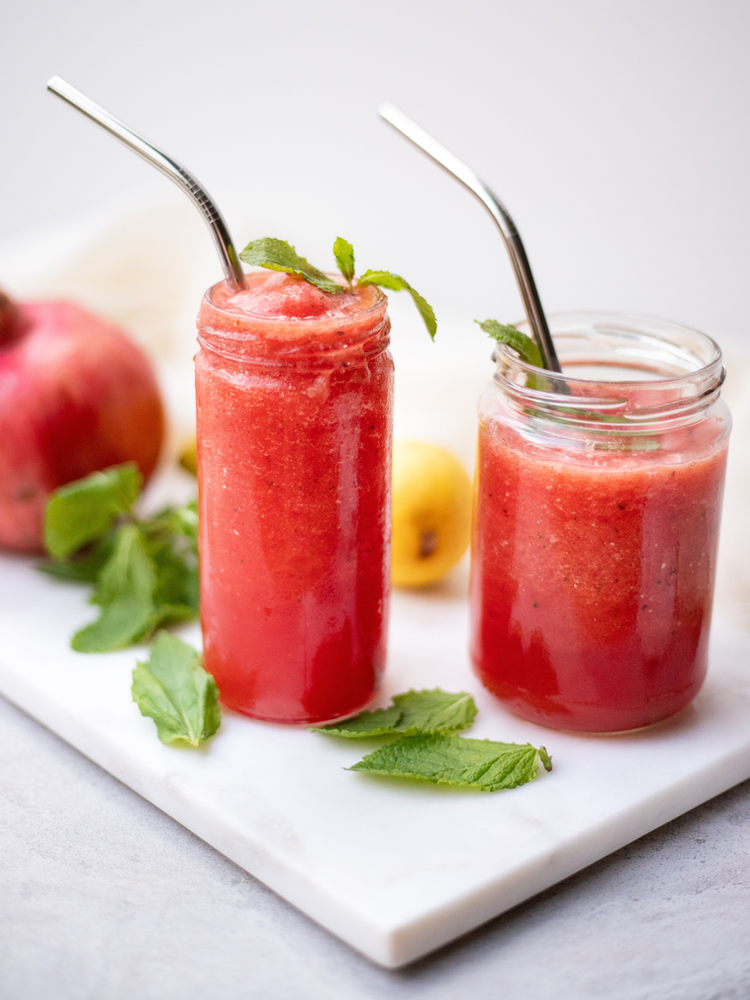
RED DRAGON KRATOM SMOOTHIE RECIPE
INGREDIENTS
- 1 red dragon fruit, peeled, sliced
- 1 frozen banana
- 1 cup coconut or almond milk
- 1 tsp flax seeds
- 1 tsp chia seeds
- 1 tbsp collagen powder
- 1 tsp Red Dragon kratom powder
INSTRUCTIONS
- Add all ingredients to a small blender. Blend until smooth.
- Drink immediately and enjoy!






